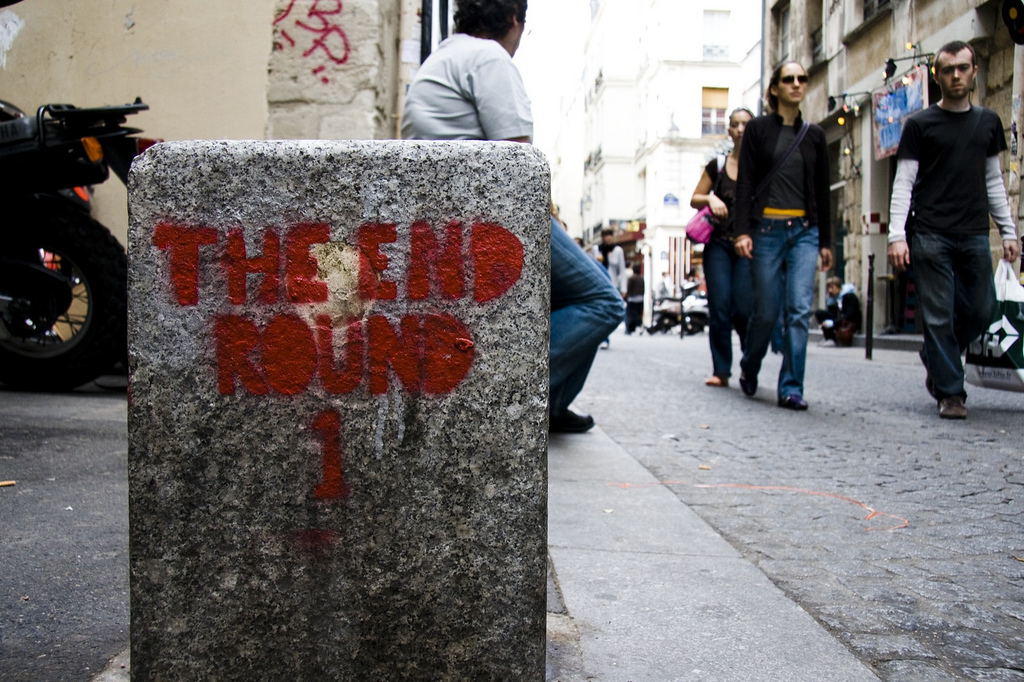Last October, Facebook came around and admitted that activity amongst teenagers was declining on the network.
Every big social network–Facebook, Google+, Instagram, Twitter–is still gaining users, but some are growing at a slower pace than before, and exoduses like those we’re starting to see by teens on Facebook have some brands concerned that social media usage is starting to plateau.
But is that actually true? Is social media slowing down? Should brands be worried that their social media’s impact is going to lessen over time, that social media has reached its saturation point? And if so, what’re brands to do to continue having influence online?
Before you start worrying too much, the big thing to note is that social media is showing no signs of slowing down any time soon, despite whatever small declines on individual networks may be happening at the time. As Social Media Today notes, there are around 2.5 billion global internet users, and 1.8 billion of those are on social media. Coupled with penetration rates from 56 percent in North America, to 5 percent in central Asia, there’s nowhere to go but up as far as usership is concerned. The world is only going to continue to get more connected, both in terms of internet and social media.
The entire slideshare is definitely worth a look, but the overarching message is simple: there are a lot of users to be had yet in the global social media market.
But that’s not all. Aside from the data you see above, there are a few other reasons we shouldn’t be worried about a so-called ‘saturation point’ for social media, or about declines of individual networks:
-
The death of an individual network is part of the life cycle of social media–it’s been a long time coming.
We saw it with MySpace a few years ago, and we’ll probably see it with Facebook some time in the future. Sure, analysts have been predicting the death of Facebook for a while now and it hasn’t happened yet, but Facebook can only go on for so long without reaching critical mass and failing. This isn’t something to be afraid of–it’s something to be embraced.
Social media is a rapidly-changing world, and the rise and fall of different social media platforms is something that’s going to naturally be a part of the ecosystem. It’s impossible to say what the next big network will be, but there will be one, and brands will have to figure it out when it comes around, just like they had to do with Twitter when it first came out. The sooner you can realize this–and be prepared for it–the better, as getting too attached to one particular network goes against what being a good brand on social media is all about.
-
Even if time committed to social media reaches its saturation point, there will always be more users, and those users will continue to change the way they interact with social media.
Saturation on an individual level is a very different issue. There are only 24 hours in a day, and only so many of those can be devoted to social media. That’s not going to change unless we eliminate the need for sleep or move to another planet (Mars, anyone?) with longer days. So yes, there is an individual saturation point that we’ll likely see soon, if we haven’t already.
There are two reasons why this shouldn’t be a concern for brands on social media: 1), as the data we linked above shows, market penetration is still fairly low across the globe, meaning that there’s nowhere to go but up in terms of social media usership, and 2), despite a limited amount of time, the way we interact with social media is going to continue to change. The rise in mobile computing, for example, is changing the way that brands interact with individuals, despite (or perhaps even in spite of) a limited time frame per user. That’s going to continue to be the case, and even if we reach a saturation point for individuals, there’s no cause for despair–only change and innovation as it becomes more important to be concise about targeting users and their needs.
-
The best brands will continue to thrive regardless of what happens with Facebook, or any other individual network.
We have one big final point: it doesn’t matter if Facebook is here tomorrow or not. Good social media isn’t tied to individual platforms. Sure, there are best practices for different platforms that adept users will enact regularly, but those best practices are all tied into an overarching need for strategy and rigor on social media that doesn’t go away if one platform happens to disappear.
Social media hasn’t fundamentally changed the way that humans operate, it’s just greatly broadened our scale of communication, and the best brands already realize that and use social media as a new version of old marketing. Would it be disappointing if Facebook just went away? Sure–but after a new platform took its place and we got over the initial learning curve of whatever that new platform is about, things would be back to business as usual.
The last major social media network death (or at least, the most well-known) that most of us can think of is MySpace. At its peak, it had over 75 million users, and today, it has around 35 million–a fraction of a fraction of Facebook’s market share. When it was at its peak, it never seemed as if it was going to fail, and yet, here we are.
Will social media users eventually run out of time for social media? Sure, they probably will. Will Facebook die within the next 10 years? I think that’s very likely. But at the same time, new competitors are going to emerge, and our world is only going to get more connected (Google did just purchase Nest). And at the same time, the number of social media users is only going to continue to increase.
Social media may be close to its saturation point for individuals–there’s only so much time for social media, after all–but there are still many more individuals who aren’t on social media who will either die and be replaced by more individuals who will use social media, or who will come around and convert before that happens. That still marks a long time before social media reaches its saturation point in terms of users, and a long time before we have to start worrying about the future of social media in general.
No matter what platforms come and go, or how much time users have for social media, one thing will never change: the best brands on social media will find ways to adapt, to interact with users despite an ever-changing world, and to continue making a difference in the lives of others.
It may be uncomfortable figuring out how to operate after Facebook is gone, and it may be tough to continue to find ways to reach users with a limited amount of time, but the best brands on social media will continue to be those who face those challenges, who reach past the saturation point, and who innovate to overcome the constantly-changing face of brand interaction.
And that’s really what social media is all about, isn’t it?
Image credit: CC by Dolarz





